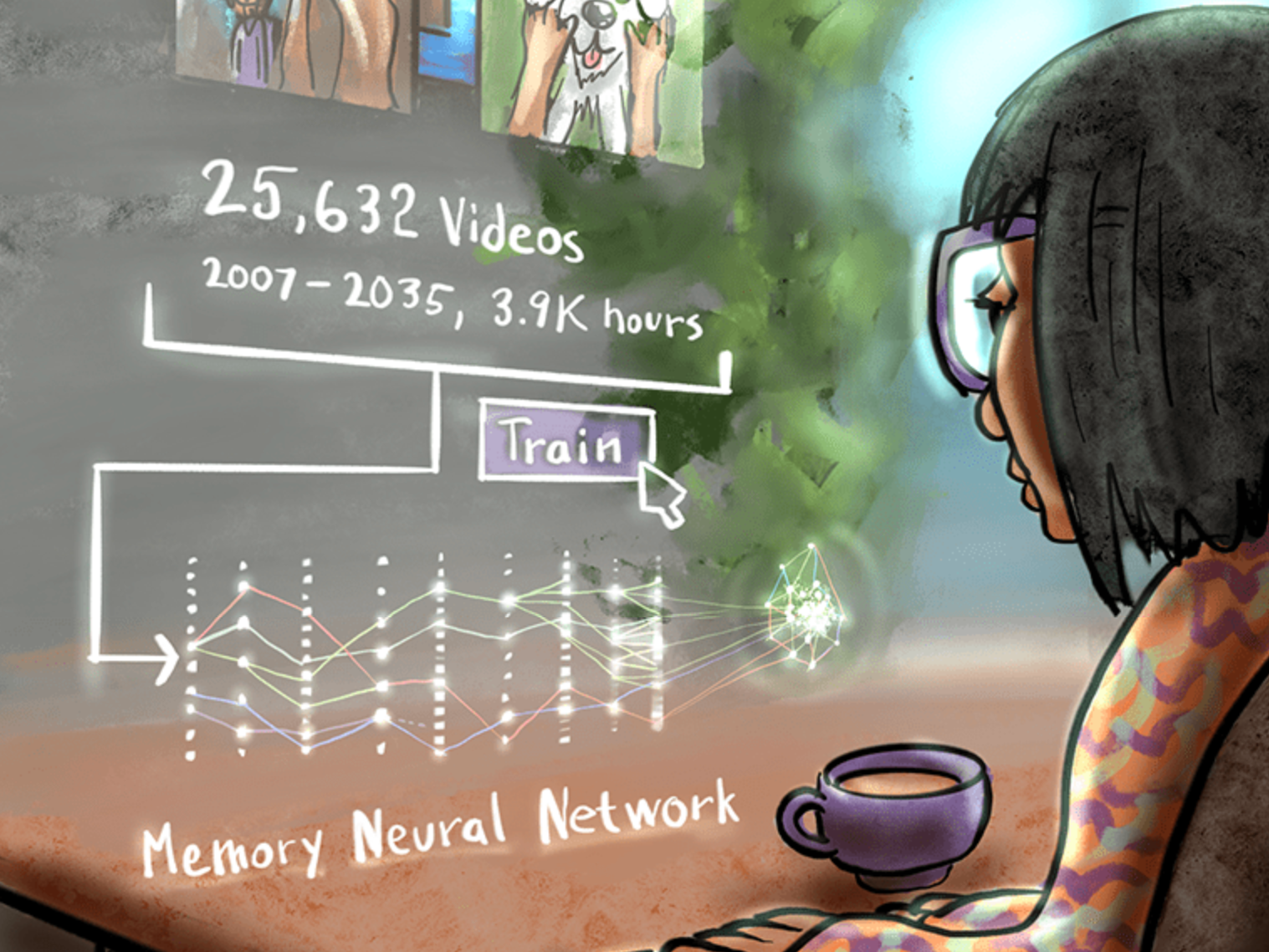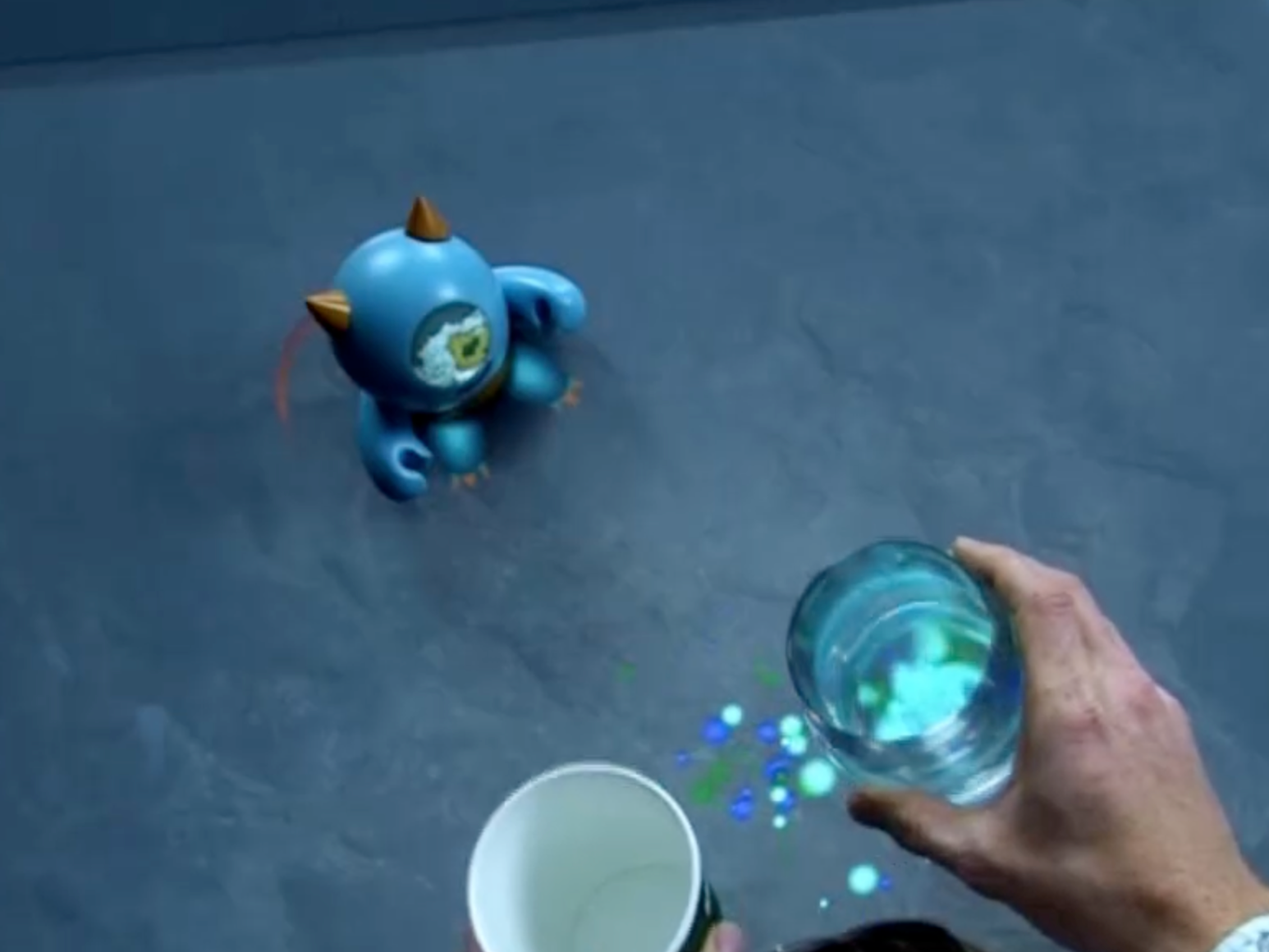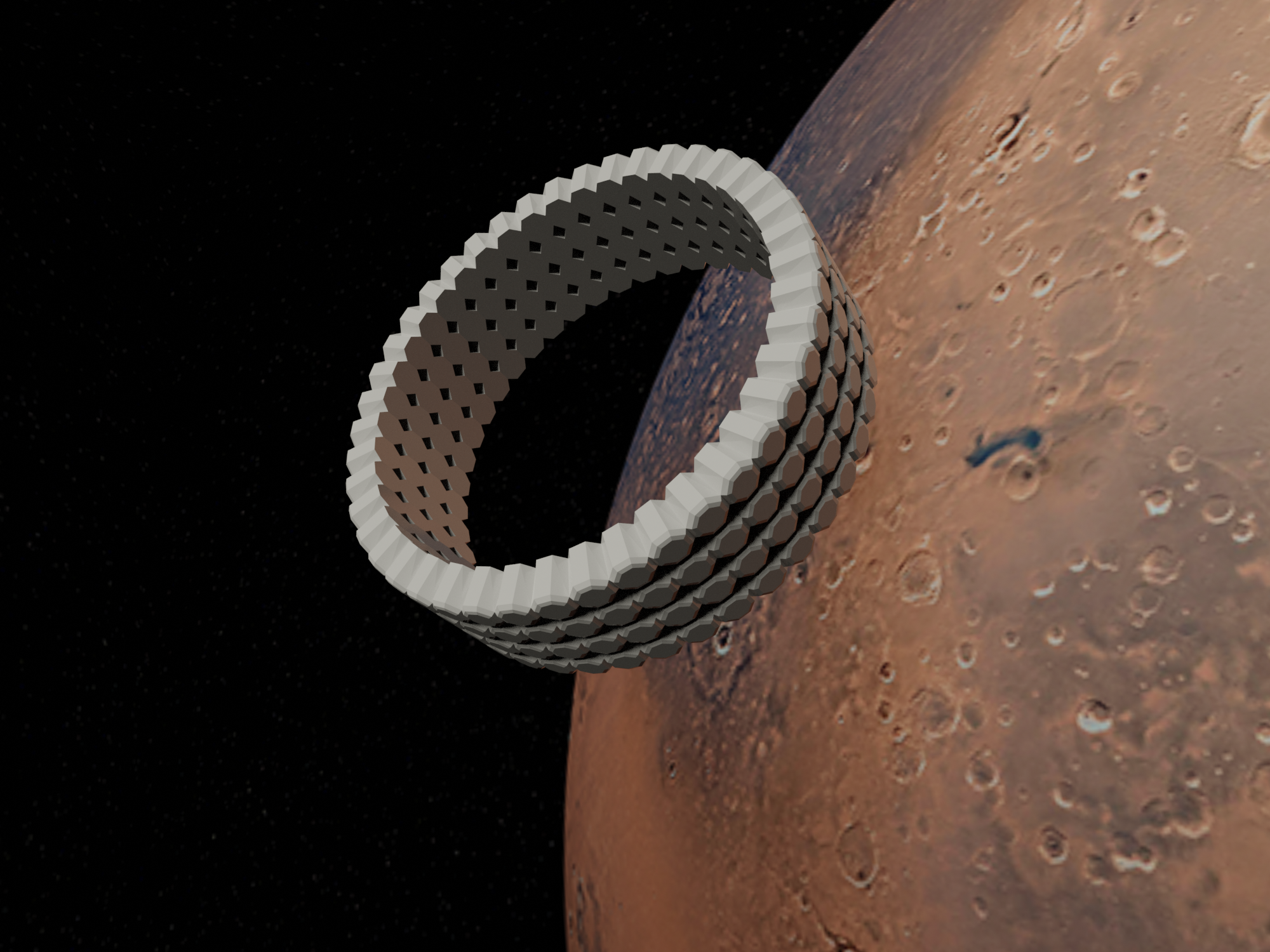Chapter 10: Aegis to the Rescue
Inside the infirmary, dim emergency lights reveal a single medical cot and a cabinet of supplies. I get Jack onto the cot, wincing as he groans. In the better light, I assess him: the left leg of his jumpsuit is shredded and soaked in red from the knee down. His face is pale under the grime, and his breathing is shallow but steady under the mask. “Aegis, he’s lost a lot of blood,” I say urgently.
A projector on the ceiling glows to life, and Aegis’s avatar flickers onto a nearby screen—a simple feminine outline of a face we’ve often joked looks like a minimalist guardian angel. Aegis—named after the shield of Athena—is truly our guardian now. “Mira, retrieve the medkit from the cabinet to your right. You’ll find a tourniquet and wound sealant.”
I tear open the cabinet and grab the medkit. My hands shake as I pull out a tourniquet band. “I… I’m not a doctor, Aegis,” I stammer, panic rising as I think of doing something wrong.
A gentle chiming tone. “I will guide you. You can do this.” Aegis’s assurance feels almost like a friend’s encouragement.
Following her calm instructions, I wrap the tourniquet above Jack’s knee and tighten it to stem the bleeding. Jack groans, semi-conscious, as the pressure bites into his thigh. “I know, I’m sorry,” I whisper, blinking back tears as I work. I apply the wound sealant foam over the deep cut on his leg. The bio-foam hisses and expands, covering the wound and staunching the blood flow.
“Good job,” Aegis says softly. “Now, his leg appears broken—likely the tibia and maybe fibula. We need to immobilize it. Splint materials are under the cot.”
I reach underneath, finding inflatable splint wraps. With Aegis’s guidance, I align Jack’s leg as gently as possible—an ordeal of pain for him even unconscious, drawing muffled cries—and secure the leg in the rigid support.
I check Jack’s vitals on the bedside monitor Aegis activates: heart rate 110 (high), blood pressure low, oxygen saturation improving with the mask. He’s stable for now, but weak. The infirmary’s limited systems will keep him alive, but true recovery will be slow and painful—especially with our environment in shambles.
As I cover him with a foil warming blanket, a tear falls onto his cheek. I wipe it away gently, his skin warm under my glove. A memory flashes—Jack beaming ear to ear earlier this week when we first saw the chemical signatures hinting at life in Kraken Mare. He had lifted me and spun me in excitement in the low gravity, laughing, “We did it, Mira! We found them!” Now he lies broken, and I feel a fierce protectiveness well up. “I won’t let you die here,” I vow quietly.
Aegis interrupts my thoughts. “Mira, environmental levels are returning to nominal in most sections. I’ve sealed off Habitat Three remotely.” On a nearby screen, she displays a map of the habitat with red and green zones. Hab Three is marked red (damaged and sealed). The other sections are yellow or green. The base is battered, but intact in parts. “Life support is at 30% capacity on backup. CO₂ scrubbers functioning at minimal power. We have approximately two hours of breathable air at current usage until we must restore main power or the scrubbers shut down.”
I nod, regaining some composure. “What about main power? Can we get the reactor or fuel cells back online?” I move to a console in the infirmary to pull up system controls. The habitat runs on a combination of a small nuclear reactor and backup fuel cells—robust, but the storm’s lightning strike might’ve triggered a safety shutdown.
Aegis’s avatar blinks as she processes. “The primary reactor SCRAMed during the electrical surge. It will require manual restart. The fuel cells are depleted—we had been relying on them during the storm when the reactor went offline, but they drained. We need to either restart the reactor or get external power. Solar panels are non-functional in this storm and low light.”
My mind whirls. Manual restart of the reactor means going into the reactor chamber at the far end of the habitat—possibly dangerous if there’s radiation leaks or damage. External power’s a no-go; Titan’s feeble sunlight and the current storm make solar useless, and we have no other generator.
So reactor restart it is. I swallow. That’s Jack’s specialty, not mine. He’s the chief engineer, trained for reactor maintenance. I have cross-training, but doing it alone, injured, and under time pressure is daunting. I look at Jack’s unconscious form, then at Aegis’s serene digital face. “You’ll have to guide me step by step, Aegis. I can’t afford mistakes.”
“I will be with you every step,” Aegis replies, as if sensing my fear. “However, before you go… you should tend to your own injuries.” She highlights my suit status—there’s a tear in my arm where I scraped it, and my biometrics show elevated carbon monoxide in my blood from smoke inhalation and a bruised shoulder. In the adrenaline rush, I ignored the pain, but now that the crisis stabilizes, I feel the ache in my shoulder and a pounding headache.
“There’s no time,” I say, shaking my head. The two-hour clock on breathable air is ticking.
Aegis’s tone takes on a gentle firmness. “Mira, you won’t do Jack any good if you collapse. Please, take one minute.”
I yield. I take a quick dose of analgesic spray from the medkit for my shoulder and replace my depleted small O₂ bottle with a fresh one from the cabinet. I reseal the tear in my suit sleeve with patch tape. All the while, Aegis monitors quietly. I glance at a small mirror—my face is streaked with soot, eyes bloodshot, a nasty bruise on my temple. I almost don’t recognize the exhausted woman staring back. “One minute enough for you, Aegis?” I attempt a wry smile. The AI gives a soft sound that could almost be a chuckle.
Before leaving, I make sure Jack is securely strapped with a harness on the cot—in Titan’s weaker gravity he wouldn’t roll off easily, but if the base shakes again, I don’t want him tumbling. I place a soft kiss on his forehead, a gesture I wouldn’t dare in normal times but now feels painfully appropriate. “Hang in there, Jack,” I whisper.
I turn to Aegis’s screen. “Let’s do this. Reactor room.”
Aegis’s avatar nods. “Be careful. The temperature in that section has dropped to -40°C and falling. Wear thermal gear.”
I grab a heavier over-jacket and gloves from a locker and don my helmet once more, engaging the internal oxygen and heating. Then I head out of the infirmary.
The corridors are dim but navigable. The storm still batters the habitat from outside; I hear dull thuds as debris or hail strikes the hull. Here and there, small puddles of liquid methane have formed under vents—likely blown in when the explosion briefly over-pressurized the habitat and forced atmosphere out, sucking some Titan air in. Aegis has sealed most breaches, but Titan’s environment is literally creeping in around the edges.
“Aegis, are you 100% certain that the commander and Valentina are—”
A solemn tone, then, “Mira, I’m so sorry. I have visual confirmation.”
As I climb down a ladder toward the reactor bay, I realize how silent the base has become without the usual hum of machines. And knowing Jack is the only other living soul on this planet makes my heart sink. It’s so quiet I can hear it beat in my ears. This reminds me of a dive I once did under Antarctic ice—that same claustrophobic quiet and knowledge that a world of cold death lies just beyond a thin layer of material.
Approaching the reactor control door, I see it’s locked tight—emergency protocol after SCRAM. That’s a funny acronym, coined during very first nuclear reactor built in 1942 under Enrico Fermi during the Manhattan Project. As a last-resort emergency shutdown, one control rod was suspended above the reactor by a rope. If something went wrong, a person—nicknamed the “axe man”—would cut the rope with an axe, dropping the rod into the pile and stopping the reaction. Hence: SCRAM = Safety Control Rod Axe Man. Apparently my mind goes to random factoids when I panic.
I pull the manual release and muscle it open. A blast of frigid air hits me; Aegis isn’t exaggerating. My suit’s heater works overtime. Frost has accumulated on surfaces inside. The reactor chamber is a compact cylindrical unit nestled in shielding. No obvious damage at first glance—a small mercy.
I move to the control panel. “Okay, I’m here. What now?” My voice echoes slightly in the cold air.
Aegis’s voice comes through my helmet. “Open the reactor access panel—two meters ahead, chest height. Flip all four of the red switches down to reset the safety lockouts.”
I find the panel and do as told. My fingers are numb even through gloves, but I manage to toggle each heavy switch. “Done.”
“Now, the console to your left should accept a manual code to reinitialize the reactor.”
The console is dark. I wipe a layer of frost from its small screen. It has a keypad waiting for input. I hesitate—Jack always does this part. I know the code, of course: RESTORE 7719. I type it in.
The console flashes, then reads: Manual Confirmation Required: Insert Control Rods? [Y/N]. I relay it to Aegis.
“The reactor’s control rods must be re-engaged manually,” she explains. “The prompt is asking if it should proceed. However, Mira, if there’s damage I can’t detect, this could be risky.”
I take a deep breath. “If we don’t do this, we’re out of air and heat. We die anyway.” My finger hovers over the Y. I firm my resolve and press.
For a few seconds, nothing happens. Then a clunk from the reactor as motors start to push the neutron-absorbing control rods back into the radioactive core. A low whir, then a series of beeps on the console. Numbers scroll as the reactor runs through auto-checks. Temperature rising… radiation nominal… power output ramping slowly.
Lights in the reactor room brighten as main power flows back. A warm rush of air from a vent signals heaters kicking on. I let out a breath I didn’t realize I was holding. “Yes…” I murmur.
“Reactor online. Excellent work, Mira,” Aegis says. The praise in her voice sounds almost proud. I allow myself a small smile. I’m about to turn back when a new alert pops on the console: Warning: External Communications Array – Fault.
Communications… my hope spikes. If main power’s back, maybe we can re-establish contact with Earth. We’ve tried for days while the storm interfered, and then the antenna went down. Maybe it’s fixable.
“Aegis, can we send a message to Earth now?” I ask, voice hushed with cautious optimism.
She takes a few seconds. “The main comm array appears to have been struck by debris or lightning; it’s non-functional. Long-range communications are still down.”
My heart sinks anew. Of course it wouldn’t be that easy. Earth remains silent behind the veil of Saturn’s distance and Titan’s storm.
I close the reactor panel, make sure everything’s stable, and make my way out. On the way back, lights are coming on properly. I hear the welcome sound of ventilation fans spinning up, circulating fresh air. The temperature is already less brutal in the halls.
In the command center, screens flicker to life with status readouts. The habitat is scarred but alive. Aegis’s voice now comes over the normal speakers. “Main power restored. Reinitializing full life support. Oxygen and nitrogen mix nominal. Heating nominal.”
I return to the infirmary. Jack is still unconscious but looks a bit better under the steady lighting and with the room warming to a humane temperature. I check the console: his vitals have stabilized within safer ranges. “He’s going to make it, right Aegis?” I ask quietly, needing to hear it.
“Barring infection or unforeseen complications, yes,” she replies gently. “The prognosis is good now that bleeding is controlled and we have power for medical support and the autodoc functions.”
I close my eyes in relief. I feel so exhausted I could collapse on the floor, but there’s still more to do.
End of Chapter 10



